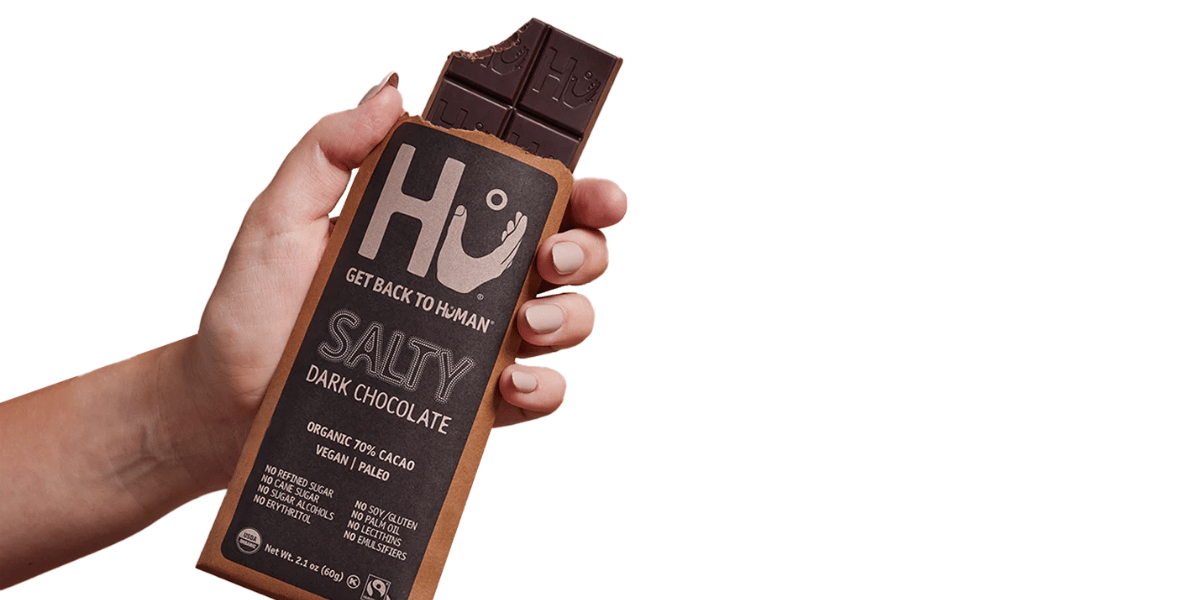If we had to rank, in order of importance, the variables for weight loss, it would be as follows:
#1- Diet
#2- Training
#4- Cardio
You may have noticed we skipped something- where is #3? We left number three out on purpose. We don’t like to rank the variables, as it puts us in a box and we less able to move the variables based on the person we are working with. We made that ranking with multiple assumptions- don’t take it as absolute. Even though we placed diet first, we may start elsewhere, for example, when working with someone who has an eating disorder.
Before we get to number three, we must talk about calories in and calories out. It’s an oversimplification, but it works. You can guess what contributes to energy in, but calories out has more moving pieces. It’s not just exercise, as exercise is one of four variables, so calories out equal:
BMR + EAT + TEF + NEAT
BMR represents the calories you burn at complete rest. At a given body weight, in a body composition, BMR doesn’t different much. Variation occurs with different weights and different body compositions. There are cases with hypothyroidism that will reduce BMR but it’s slight. Say you are 180 pounds with 30% body fat. Your BMR is approximately 1620 calories.
Of course, structured exercise (or your EAT in the above equation) contributes to calories out as well. If you train 12x/month vs 4x/month, you will have more expenditure. Exercise frequency, duration, and intensity all contribute to your total burn. To keep it simple, let’s say you burn 500 cal per hour, three times per week. Divided across seven days, that’s an extra 215 calories a day. TEF stands for the Thermic Effect of Food. Your body burns calories to process the food you eat- liquids elicit less effect; high protein meals more. TEF gets perverted a couple of ways. First, it’s used to explain a metabolic advantage of high protein diets. They claim you can eat as many calories as you want, provided to keep fat and protein high, you’ll lose weight. To many fad-dieters, this sounds like keto, but in reality you can’t just eat “as many calories as you want”. Also, TEF from protein is high, but not so much that it cancels out calories in all together.
Another corruption of TEF is meal frequency. We were told that six small meals are better than three square because they “stoke the metabolic fire”. When calories are equal, meal frequency comes down to personal preference. No arrangement of meal frequency is superior to another in an absolute sense. The success of intermittent fasting was the nail in the coffin on this matter. TEF contributes an extra 10-15% over your BMR, and is not significant enough to worry over. Modern times have provided us with many blessings; modern technology has made life more convenient and enjoyable. Hungry? There are multiple apps that will deliver piping hot food to you with a touch of a button! You can talk to your best friend face-to-face even when they are around the world. A generation ago, if you wanted to change the TV station, you need to change it from the tube itself, and cars even park themselves. So what does this mean for NEAT? NEAT stands for non-exercise activity thermogenesis, in other words its the calories you burn during any non-formal exercise. Your spin class is formal, washing your car by hand is not. NEAT comes from a variety of places- gardening, walking your dog, doing laundry, and so on. For people of similar weight and body composition, NEAT can vary up to 2000 calories. NEAT does not only accelerate fat loss, it can also attenuate fat gain. 16 non-obese volunteers overate by 1000 calories above maintenance levels. Let’s say your maintenance calories are 2000, imagine eating 3000 calories per day, for 8 weeks straight. So what happened in the study? Fat storage ranged from less than 1 pound to 10 pounds- that’s a huge difference! But how can that be? Now changes in BMR were nominal, TEF (or the thermocouple effect of food) also didn’t explain this difference. Exercise patterns did not change during the eight week study, but NEAT did. One participant saw a NEAT boost of +700 calories, while the ones who gained the most adipose tissue had smaller increases in NEAT. NEAT isn’t something you buy, it’s something you do. As of now, there’s no perfect way of monitoring NEAT, we use steps as a proxy. Low steps correlate to low NEAT, and high steps correlate to high NEAT. Again it’s not perfect but it works. A goal of 10,000 steps per day is good, but can be unrealistic for some. The best approach is to monitor your steps daily and get a weekly average, from there you can increase your average little by little. For example, week one get 3600 steps, week two get 4500 steps, week 3 get 6000 steps, week four get 7200 steps, and so forth. For those that work at a desk most of the day, theres a lot you can do still. Aside from taking small walks during the day on breaks and after work, you can use the weekends to catch up, which is why we like to use a weekly average instead of just daily. Go to a museum, the farmers market, or even Disneyland to get extra steps on days you don’t work to increase your weekly average. Stark uses standing desks and we highly recommend them, they are indispensable for people who work at a computer all day. Let’s return to the example of a person who’s 180lbs and 30% body fat. If they use a standing desk for 6 hours, that’s an extra 206 calories burned per day, or 1350 extra calories over the 5 day work week. Just standing more would burn an extra half pound of fat each week assuming diet and exercise remained the same!
Now this doesn’t mean you should limit exercise to make more time for NEAT, we recommend making structured exercise something you enjoy doing, not something you have to do. Higher NEAT reduces the need for extra cardio, meaning less time over working for results, and more time enjoying life.

What is Lymphatic Drainage?
In the pursuit of optimal well-being, people are increasingly turning to holistic approaches that go beyond conventional medicine. One such method...

1 min read
Products We Love: Hu Dark Chocolate
Hu believes that chocolate doesn't have to be complicated to be delicious, and that is exactly what we love about their products! By stripping away...


.png?width=70&height=70&name=Stark_LogoMark%20(1).png)
 Stark
Stark